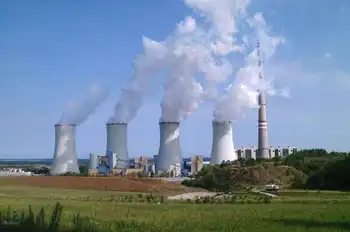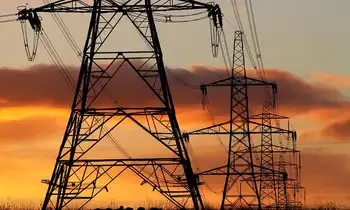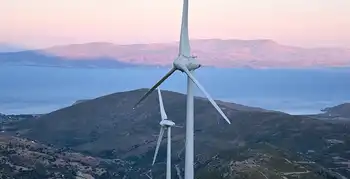Deregulation – is competiton the answer?
By Industrial Heating
Protective Relay Training - Basic
Our customized live online or in‑person group training can be delivered to your staff at your location.

- Live Online
- 12 hours Instructor-led
- Group Training Available
In the late 1990s, they lobbied hard for electricity deregulation. As a result, Ohio Senate Bill 3 was passed in 1999, which established a framework to “deregulate” energy pricing by allowing the market to set the price for energy through supplier competition.
Under the old system, the price of electricity was strictly based on a formula weighted heavily on what it cost the power company to produce it. This established a rate cap. Deregulation removes rate caps. Prices are based on what power suppliers and traders believe the market will bear, resulting in prices having only a nominal relation to cost. The result has been some serious growing pains for deregulated states.
Ohio is on the verge of learning what a dozen states have already realized – market-based energy schemes apparently do not result in cheaper prices. In fact, the results have led to unprecedented energy costs, with some states realizing 100% increases (doubling) in energy prices and averaging around 36% across the board. USA Today reported on Aug. 10, 2007, that average prices rose 21% in regulated states from 2002-2006. At the same time, they leapt 36% in deregulated states where rate caps expired.
Why isnÂ’t competition resulting in cheaper prices?
First off, since the passage of the 1935 Public Utility Holding Company Act (PUHCA), big utilities have been permitted to operate as a monopoly in their geographic area but have been prevented from expanding their reach. The law was enacted to prevent national conglomerates from dominating the electricity industry.
Over the past 20 years, some groups – namely large investor-owned power companies – contended that the law has outlived its usefulness and now stands in the way of increased competition that could lower prices and improve services.
Conceptually, free market competition should drive down prices and increase efficiency.
According to Mark Shanahan, energy advisor to Ohio Governor Ted Strickland, “Free markets falter when real competition is either lacking or doesn’t exist. This is because the fundamental premise underlying a free market is that no one is protected from failure. In the Ohio electricity-generation market (as in other states), there are some questions as to whether the primary electricity generators truly risk failure in a system that, according to these same generators, is actually hurting for new generation capacity.”
Secondly, rate caps have meant artificially cheap energy – removing the cap means a market correction. A crucial strategy of deregulation is to allow the expected market pricing correction to occur with an environment of robust competition. The idea is that competition would temper a run on pricing.
States entering the deregulated market have learned from prior states, and they have begun nurturing competition by using creative tier approaches while establishing competitive advantages for smaller suppliers. With limited supply and increasing demand, the market should be open for new entry, shouldnÂ’t it?
To market capitalists, the intuitive response is yes – but at a cost.
Much like other capital-intensive industries, entry is not very easy, especially when energy prices have been held artificially low. As energy prices increase, more opportunities exist for competition to economically compete. Until then, energy costs will increase prior to market stabilization.
A number of analysts believe that the correction in energy pricing will actually mean greater opportunities for alternative-energy technologies. In essence, the increasing cost of oil, coal and natural gas production will allow alternatives to become more affordable. It is price – meeting the alternative technologies at a point – that permits entry into the market. This should not be confused or misinterpreted as alternative-energy technologies driving up price.
Rather it is alternative energy finding an opening through deregulation.
If energy price increases are inevitable, then what can be done? There are a number of ways to respond. The most strategic is to plan for higher prices by reducing energy demand and planning for change. There is little doubt that consumers must internalize the mantra – “The least expensive unit of energy is the one you never buy.”
By the way, this is also the “greenest” kind of energy.











